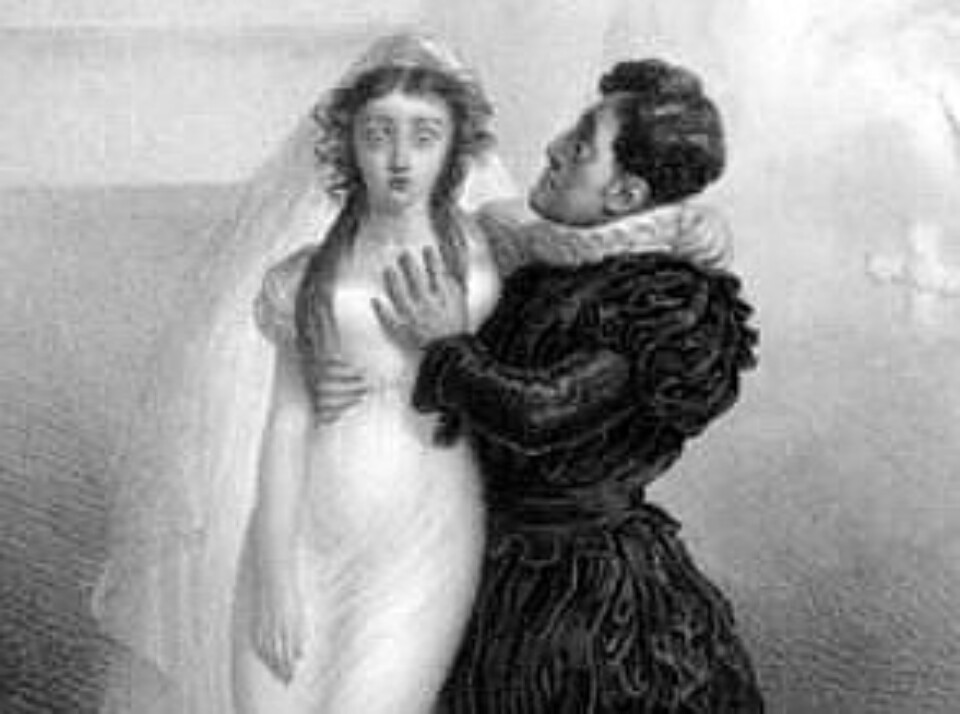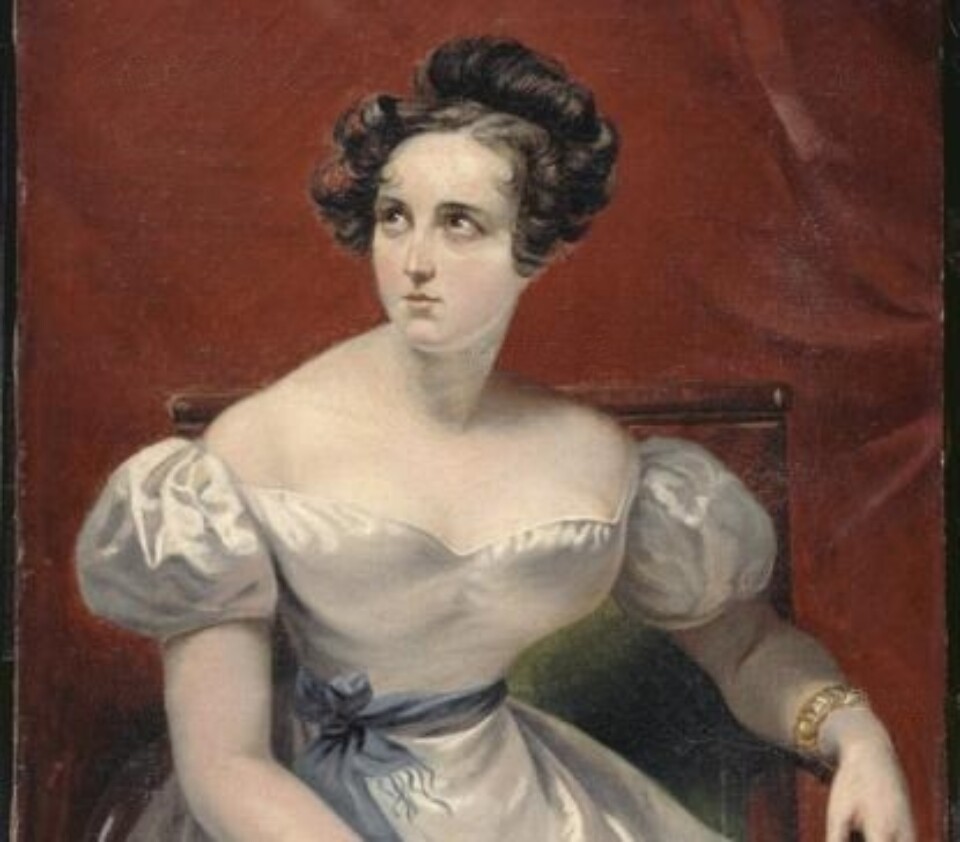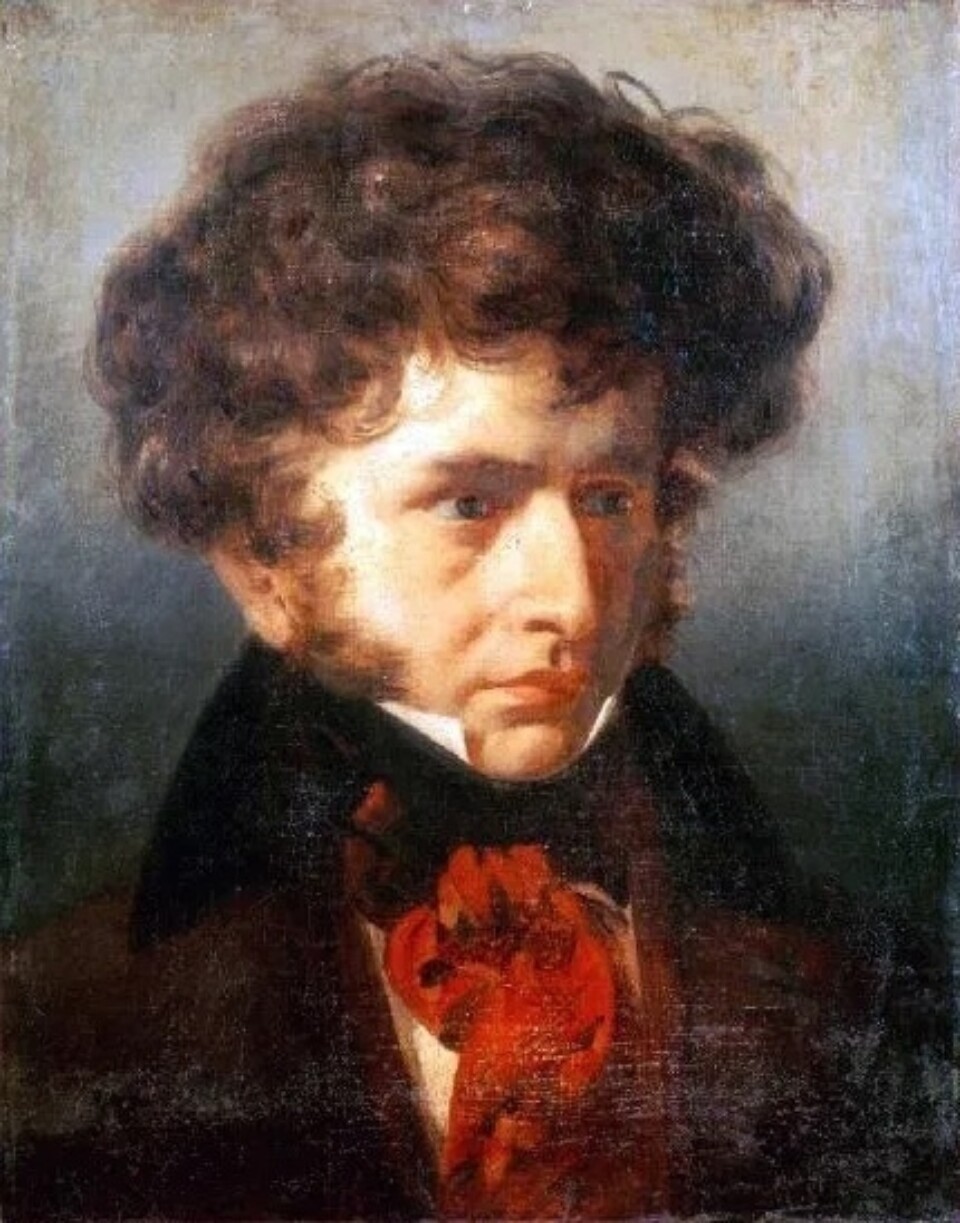“Oh, if only I did not suffer so much!”
So goes the struggling artist stereotype. But French composer Hector Berlioz wasn’t exaggerating when he wrote these words in an 1829 letter to his friend. The truth of the statement can be heard in each note of his tormented, hallucinatory Symphonie Fantastique.
Don’t feel sorry for him, though – you haven’t heard the whole story.
The translated title of Berlioz’s 1830 work is Fantastic Symphony: An Episode in the Life of an Artist. At this delusional point in his own life, the 26-year-old was head over heels for actress Harriet Smithson. When she took to the stages of France as Shakespeare’s love-struck Juliet and rebellious Ophelia, Berlioz sat in the audience, enraptured. There was no turning back, and his Symphonie Fantastique is an outpouring of lust; an homage to the object of his fixation (or idée fixe, represented through a musical theme cropping up in each movement).

Berlioz watched Harriet in the spotlight – and in the shadows. He hounded her with love letters, and moved into a nearby apartment to watch over her. It was “love”, thought Berlioz, who in one letter described the feeling as “that delirium which takes possession of all one’s faculties, which renders one capable of anything”.
Symphonie Fantastique is a case study of his delirium. It’s a Romantic piece of program music (a heart-on-your-sleeve work that weaves a story). We hear the tale of an artist who takes opium and imagines murdering the object of his desire before he’s sent to the guillotine (‘March to the Scaffold’). Then he meets her in the orgies of Hell (‘Dream of a Witches’ Sabbath’, featuring the haunting Dies Irae hymn).

Harriet didn’t attend the premiere. But after hearing a later performance, she finally agreed to meet the lovelorn composer. He fused his art with reality, telling her he’d ingested so much opium, he would die – unless she married him. She said yes; he said antidote! However, the blackmail didn’t serve them well. And when you hear the deranged foundations of their relationship – the Symphonie Fantastique – it won’t surprise you to learn they eventually broke up! Berlioz told a friend that he’d wanted to “stagger the musical world” and with this musically progressive (albeit disturbed) piece, he left behind an extraordinary souvenir of infatuation.
Symphonie Fantastique
14-15 July 2023
Arts Centre Melbourne, Hamer Hall
